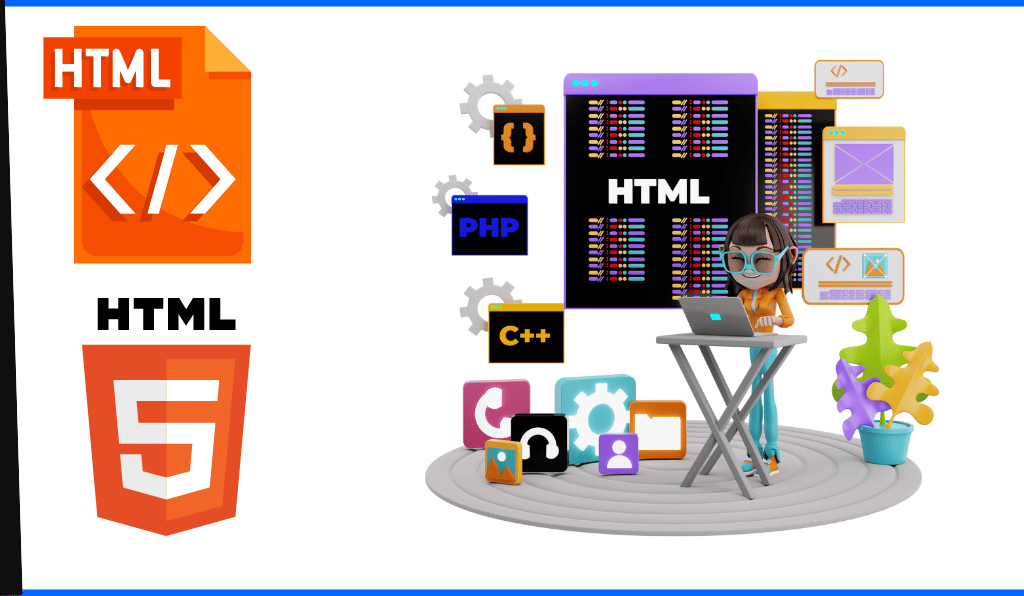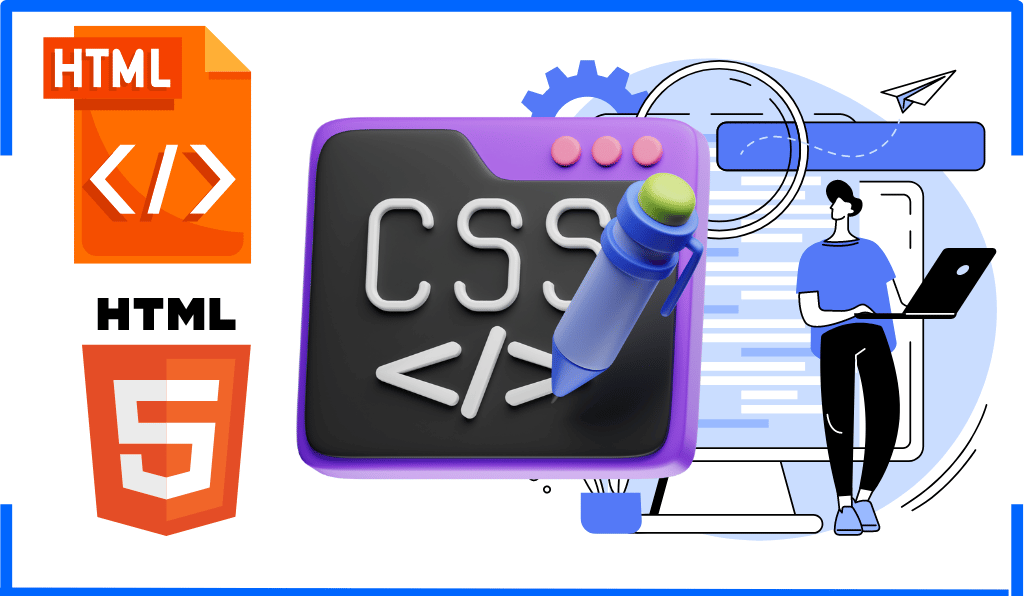
HTML, or HyperText Markup Language, is the standard language used to create and structure content on the web. It serves as the backbone of web development, providing the framework that allows web pages to display text, images, links, and other multimedia elements in a coherent and user-friendly manner.
What is HTML?
HTML is a markup language, which means it uses tags to annotate and organize content within a web document. These tags define the structure and layout of a web page, ensuring that browsers can properly interpret and display the content to users. HTML is not a programming language; rather, it is a system for defining elements on a page.
Basic Structure of HTML
An HTML document has a basic structure that includes several essential components:
- DOCTYPE Declaration:
|
1 2 |
<!DOCTYPE html> |
This declaration defines the document type and version of HTML being used.
- HTML Element:
|
1 2 3 4 |
<html> <!-- Content goes here --> </html> |
The <html> tag encloses all the content of the web page.
- Head Element:
|
1 2 3 4 5 |
<head> <title>Page Title</title> <!-- Metadata, styles, and scripts --> </head> |
The
<head> section contains metadata, links to stylesheets, and scripts.
- Body Element:
|
1 2 3 4 |
<body> <!-- Visible content goes here --> </body> |
- The
<body>tag contains all the content that will be displayed on the web page, such as text, images, and links.
Importance of HTML in Web Development
HTML is crucial in web development for several reasons:
- Structure and Layout: HTML provides the structural foundation for web pages, allowing developers to organize content in a logical and accessible manner.
- Accessibility: Proper use of HTML ensures that web content is accessible to all users, including those with disabilities who rely on screen readers and other assistive technologies.
- SEO: Search engines use HTML to understand the content and context of web pages, which is essential for search engine optimization (SEO).
- Interactivity: HTML works in conjunction with CSS (Cascading Style Sheets) and JavaScript to create interactive and visually appealing web pages.
Commonly Used HTML Elements and Their Functions
- Headings:
|
1 2 3 |
<h1>Main Heading</h1> <h2>Subheading</h2> |
Headings (<h1> to <h6>) structure content into sections and sub-sections, making it easier to read and navigate.
- Paragraphs:
|
1 2 |
<p>This is a paragraph of text.</p> |
The <p> tag defines a paragraph, which is a block of text.
- Links:
|
1 2 |
<a href="https://www.example.com">Visit Example</a> |
The <a> tag creates a hyperlink, allowing users to navigate to other web pages or resources.
- Images:
|
1 2 |
<img src="image.jpg" alt="Description of image"> |
The
<img> tag embeds images into a web page. The alt attribute provides alternative text for screen readers.
- Lists:
- Ordered List:
|
1 2 3 4 5 |
<ol> <li>First item</li> <li>Second item</li> </ol> |
-
- Unordered List:
|
1 2 3 4 5 |
<ul> <li>First item</li> <li>Second item</li> </ul> |
Lists (<ol> for ordered, <ul> for unordered) organize items in a structured format.
- Tables:
|
1 2 3 4 5 6 7 8 9 10 11 |
<table> <tr> <th>Header 1</th> <th>Header 2</th> </tr> <tr> <td>Data 1</td> <td>Data 2</td> </tr> </table> |
The <table> tag, along with <tr> (table row), <th> (table header), and <td> (table data), organizes data into tabular form.
Conclusion
HTML is the fundamental building block of web development, enabling the creation and structuring of web pages. By using HTML elements effectively, developers can ensure their content is organized, accessible, and engaging. Understanding HTML is essential for anyone looking to create or manage web content, as it lays the foundation for all other web technologies.
